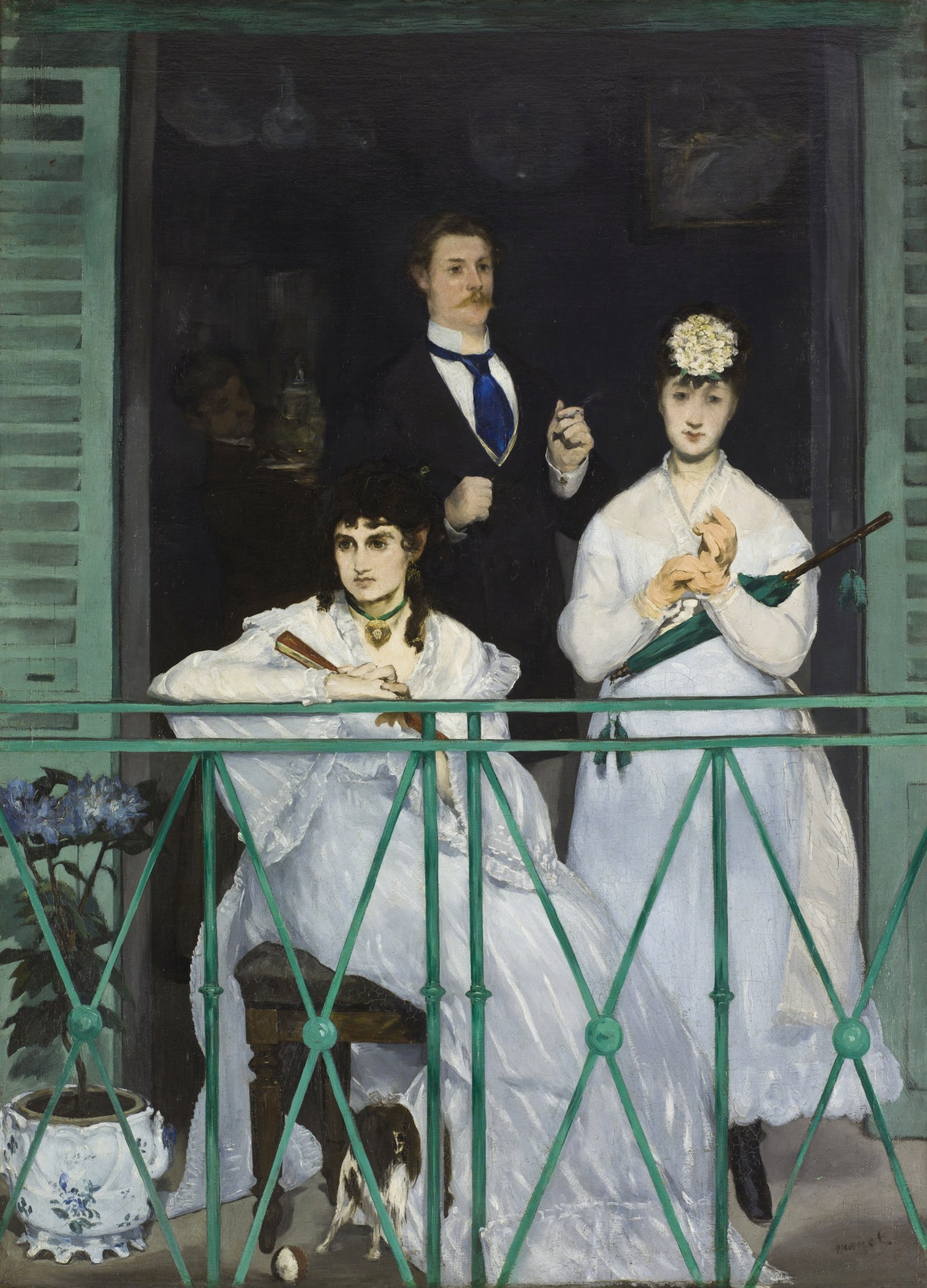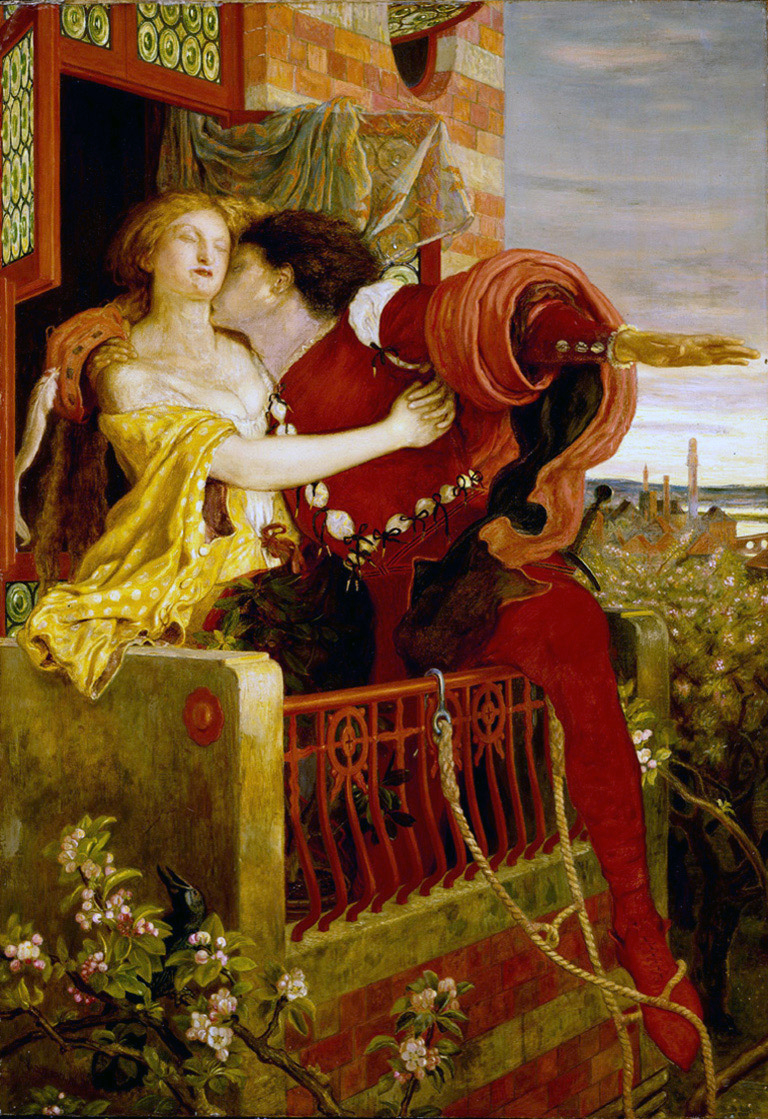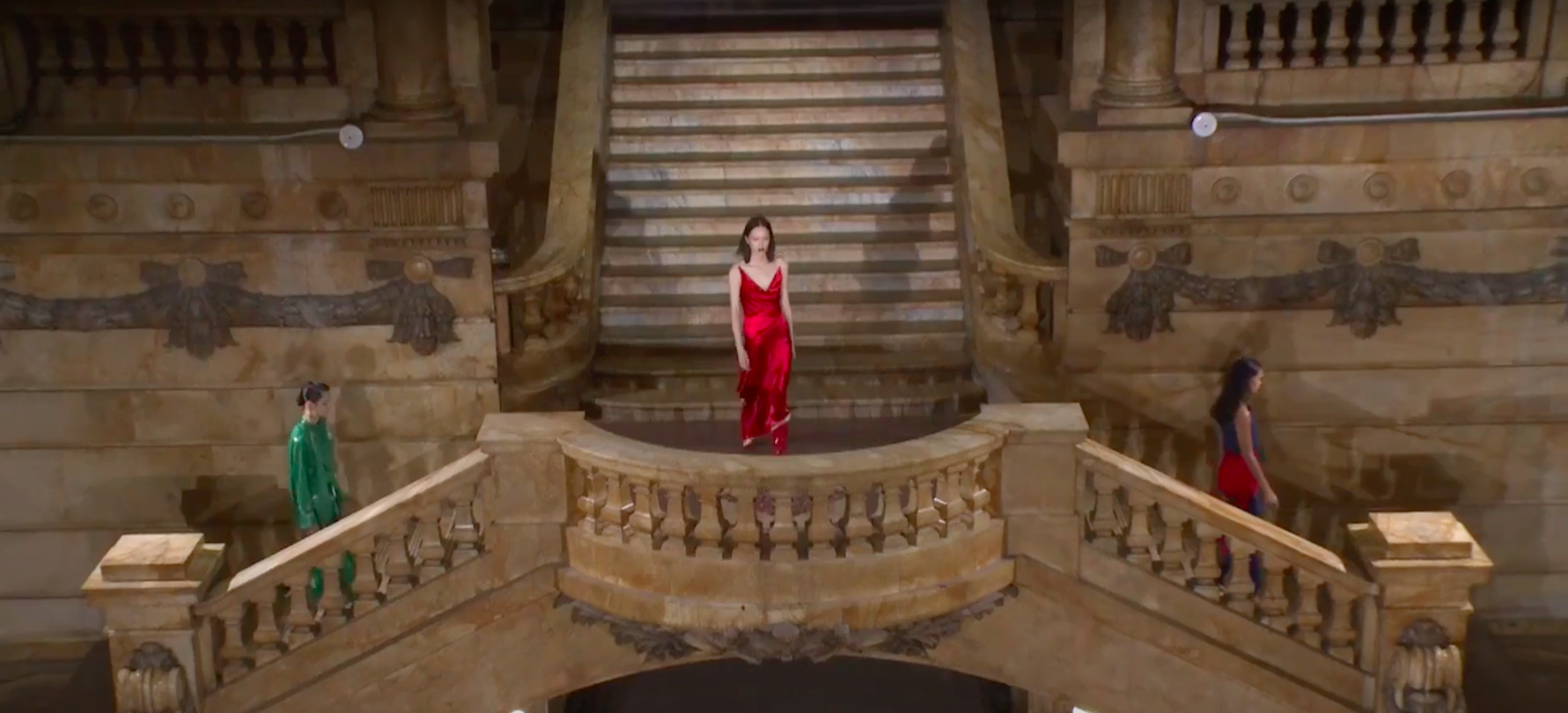Fashion used to function as a self-fulfilling prophecy. If you saw floral print-dresses on the catwalk in the autumn, you would see them on the streets in spring. This year it was different. Most fresh trends that were launched in February and March appear to be dead before they had a chance to live, while worn-out styles like normcore and onesies made a comeback with people around the world stuck at home. One brand, however, must have had a crystal ball somewhere. Sies Marjan presented their spring/summer 2020 collection on the most lusted-over accessory of the pandemic: a balcony. The models (dressed in the shiniest glitter fabrics) made pirouettes, lightly touched the handrail and descended the stairs from it, after which a confetti rain made the spectacle complete.
With streets off-limits for much of the urban-dwelling population this spring, the balcony has proved to be the most pandemic-proof way to still show yourself to the world. Professional opera singers, violin players and even mediocre DJs shared their talents to bring some beauty into our lives even as all other stages were closed. This elevated approach would have worked just as well had the disaster-scenario been a flood or even a zombie apocalypse: on the balcony, you are just a little less vulnerable. Now that cities are reopening again, why not rebuild our culture around the most public place in the house?
Along with a safe distance from the street below, balconies imply power. “Without the balcony, the history of the world would have looked completely different,” said Rem Koolhaas, who in 2014 installed a balcony-themed room on the Venice Biennale. The iconic Dutch architect focused on the political importance of the balcony, naming examples like Nelson Mandela’s first speech after his release from prison and Evita “Don’t Cry For Me Argentina” Peron’s famous renunciation speech. And of course there’s the Pope’s yearly Easter appearance, surveying the masses below from his perch high above the Piazza San Pietro.
At the moment, the fundamentals of fashion are being re-imagined. Designers like Dries van Noten and Gucci’s Alessandro Michele are saying goodbye to the fast-paced rhythm of six shows a year, but while we’re at it, why not also rethink the way fashion is shown?
Streetwear became the defining style of the last decade, but the streets have always been important in fashion. Catwalks are made to mimic streets, because this is the place where a lot of people show off their new outfit. When Haussmann introduced modern city planning in Paris, big boulevards became the norm. Archetypal avant-garde flaneurs had a lot of space to show their fashionable selves and watch others. But as feminist scholar Temma Balducci argues in Gender, Space, and the Gaze in Post-Haussmann Visual Culture, the balcony is an overlooked aspect of the modernist street culture that shaped our current understanding of fashion. The new way of living in a city made space more valuable: traditional courtyards had to be sacrificed, giving way to outwardly-focussed balconies. Your balcony became the best place to look at the spectacle on the streets, and, as Manet’s painting Balcony shows, the artists that walked the street also had a good look at you.

The balcony is a great place to think outside of the box — the box in this case being your one-bedroom apartment. Taking a quick pause from the comfort of the indoors into the chilly winds allows the mind to wander freely. Where was Galileo Galilei when he invented the modern idea of gravity? On the balcony of the tower of Pisa. Where was trendsetter Keith Richards when he threw a TV out of a hotel? On a balcony. Where was Michael Jackson when he dangled his baby high in the air to give it a proper Lion King moment? On a balcony.
Romance too, flourishes on a balcony. The impossibility of the love between Romeo and Juliet wouldn’t be so heartbreaking without the balcony. Shakespeare didn’t even have to mention a balcony in the original text to make the “O Romeo Romeo” scene the most famous balcony scene in theatre history: the scene is just begging for an architectural translation of the distance between the two longing lovers. Juliet is not the kind of basic bitch that hangs from a window. And what would an English royal wedding be without a balcony kiss on the hand or the lips, while the entire country is cheering? Public intimacy just doesn’t really work in the kitchen or the broom cupboard.

If the balcony takes over from the streets as a place to display your outstanding sense of fashion, what will it mean for clothes? A logo-shirt and some deliberately ugly sneakers will not do the trick for sure: bold statement pieces are needed. Sies Marjan’s flashy shine would certainly work, as would the huge ball gowns Balenciaga presented in their collection for this spring. Long flowing fairytale hair that makes stairs obsolete could be the next big thing, a new wave of impractical but amazing shoes (like the dolphin-shaped platforms of Thom Browne) is begging for a stage that doesn’t involve walking. The balcony might be just the place for that.
